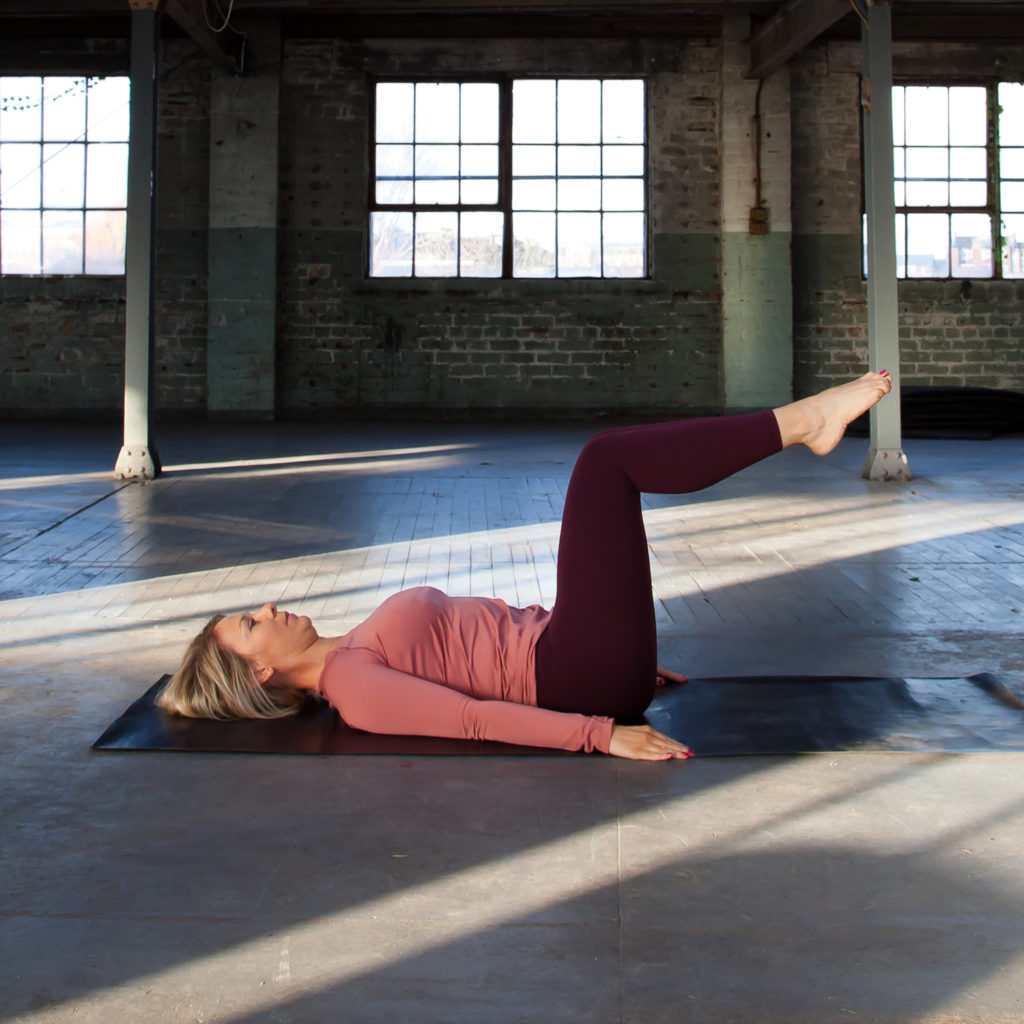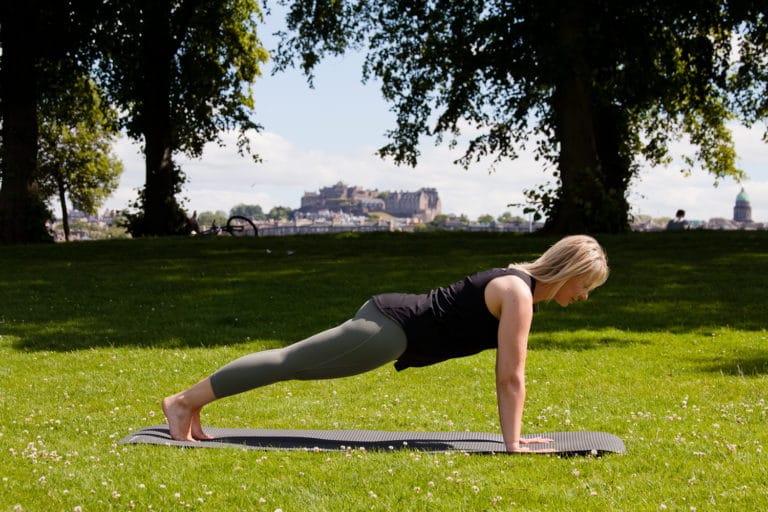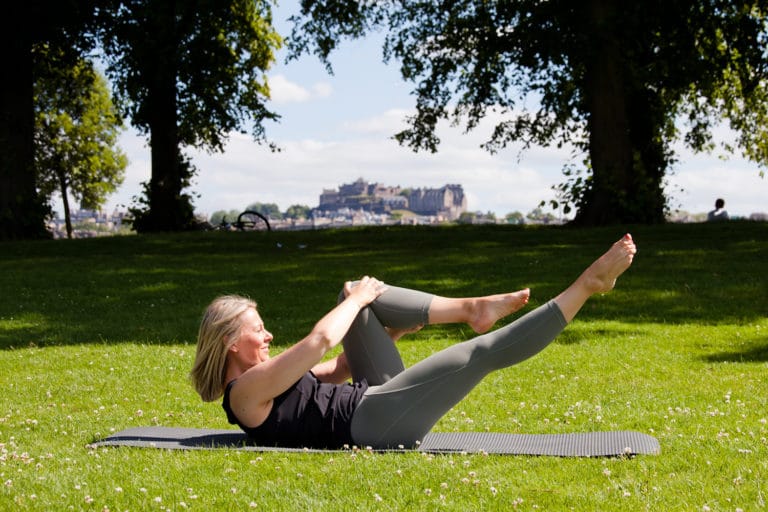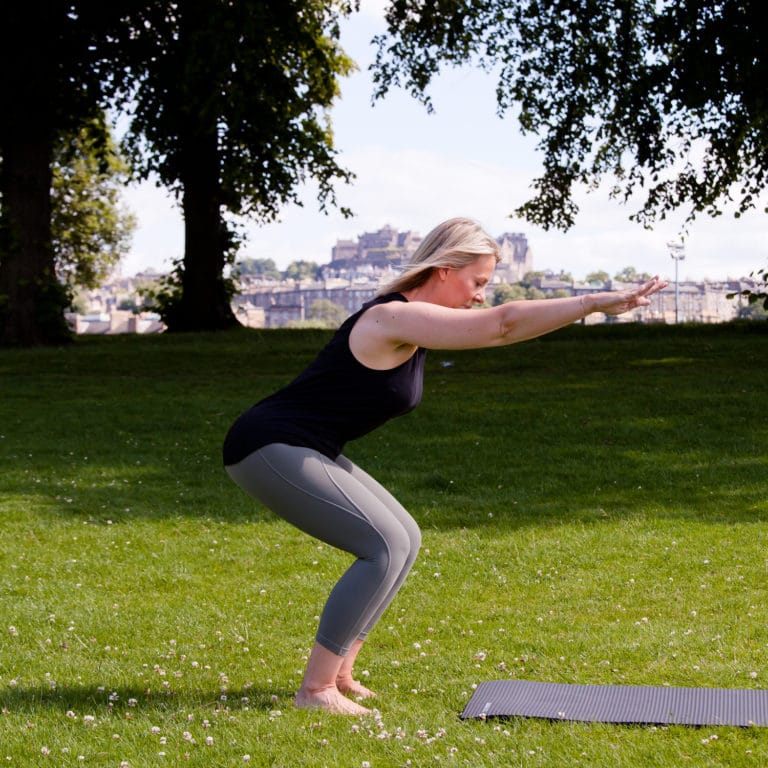Introduction
Whether you are new to pilates or just looking to re-fresh your pilates skills, this blog post will talk you through one of the most important aspects of pilates – neutral pelvis and spine.
First things first though, please don’t get hung up on this! Everyone will have a different neutral because all or our bodies are different. Quite simply, neutral pelvis and spine are where all the natural curves of your spine are visible.
You have primary curves – your head, thoracic spine and your sacrum and you have secondary curves – your lumbar curve and your neck curve, both of which are ‘gentle’ curves.
If you are new to pilates, then it’s easiest to find it in the relaxation position.
How to find your relaxation position in pilates:
Lie on your back with your knees bent and the soles of your feet in contact with the floor. Your legs are hip distance and parallel; arms resting down my the sides of your hips and your chin should be in line with your breastbone, jaw and shoulders relaxed. Feel the back of your head, your ribs and your sacrum all in contact with the floor beneath you. The gentle curve of your low back and neck should be visible.

Here’s how to find your neutral pelvis in pilates:
You are looking for your two hip bones to be even and the natural curve of your low back to stay visible. Imagine if you were to balance a glass of water on your pelvis. If the two hip bones are even then the water would stay in the glass; this would be your pelvis in neutral. If your pelvis is not ‘neutral’ it is either tilting excessively forward (an anterior tilt) or tucking excessively backwards (a posterior tilt), both bring you out of a natural spinal alignment.
Forward Tilt
A forward tilt means you’ve got an increased arch in your low back (in which case the water in your glass will be spilling forward towards the floor in front of you).
Backward Tuck
The opposite would be a tuck of the tailbone, which would mean your back had flattened into the floor and your curve had disappeared. The water in your glass would now be spilling out over your belly.
Neutral
Aim for the glass to stay full and your two hips bones to be even – the water stays in your glass remember – so if you were to draw a line form hip bone to hip bone connecting them it would be a straight line.
Pilates Pro Tip:
Placing the heel of your hands on each hip bone and connect the two fore fingers on your pubic bone to make a diamond shape. Now do pelvic tuck and tilts to feel the the pelvis moving between both points and then aim to bring it to neutral (where the hip bones are even).
Remember this will look different on everyone and we’re not looking for perfection – ever. Neutral pelvis and spine serves as a guide and allows us to think about the alignment of our spine – just having an awareness of it will make a difference to your pilates practice.
Importantly, neutral pelvis and spine brings the spine into balance, which is why it’s the ideal start, and end point, for all our pilates exercises.
New to pilates? Then you an sign up for my FREE 5 part pilates for beginners video series below!
Leave me a comment below and let me know if you found this useful!
Love Julie x



